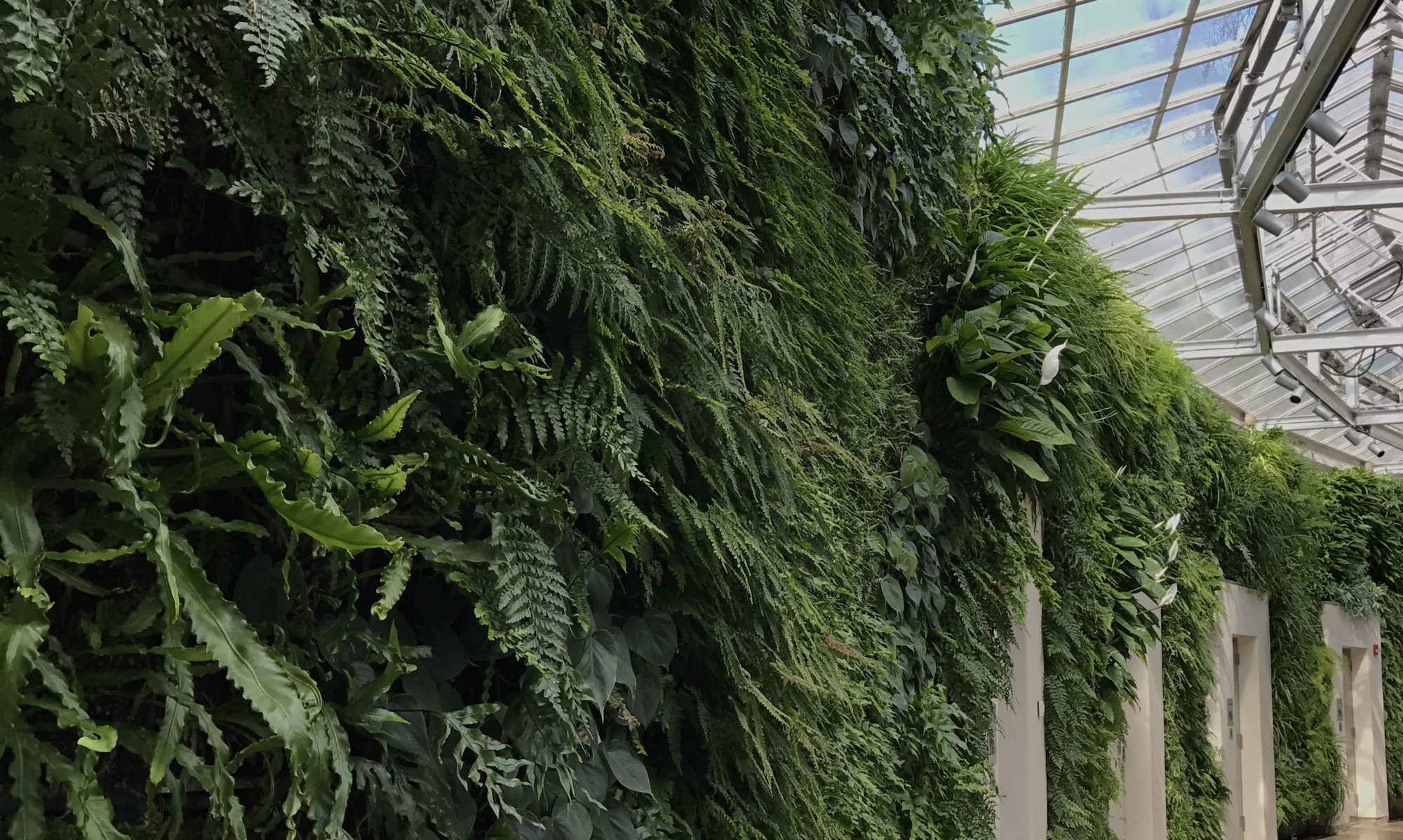
In the last few weeks, my clients have started grieving COVID anew. Here in Philadelphia, we’re in a modified Green Phase, so we can eat outdoors at tables that stand six feet or more apart. In the city, we can theoretically do small outdoor gatherings of less than 50 people, but honestly, I’m not going anywhere near 50 people. Nor are my clients. We’re still pretty much in shut down mode. We shop for food every couple of weeks and that’s about it. We always wear masks outside the house, except inside our car. My clients report similar phenomena.
For my clients, acknowledging the pain and disappointment of the continuing precautions hurts. Whatever timelines we privately prepared for in March– this progress is slower and more ambiguous. In many ways, the reopening feels more painful and more complex than the closing, because everyone is navigating the new, looser rules with differing priorities, and differing assessments of acceptable risks. Now there is social stigma. We manage the emotional friction between those that continue to wear masks, per CDC guidelines, and those that don’t.
We grieve the understanding that this “Green Phase,” which feels far from normal, is the new “normal.” We’re still not seeing our friends and family with easy hearts. The calculus of who is at risk when we buy groceries endures. We’re still not engaging in the pleasures of travel and outings. Our innocence is stripped away. Seeing crowds on television shows brings out two feelings in me, “Oh my god, you lucky foods, you have no idea what’s coming. Your joy is such privilege” and “Dear lord that’s a superspreader event!” I feel like all my parts have battened down to endure this period of deprivation, of lack of community, of lack of human engagement. So now I ask, and I ask you to ask yourselves: Where is our joy?
Where can I find a sense that life is still a place of excitement and amazement? How do I connect with inner spaciousness? My connection to art and beauty, where has it gone?
It’s so easy to get swept up in my sense of duty and obligation, and to focus on the tasks, to focus on the work, instead of the human needs that have been shunted aside. So here are some considerations, as we hold another wave of grief and loss and the summer winds down:
Now that all plans are provisory, we still need to make plans to add lightness to our weeks. To comfort ourselves. What plans, what joys can we look forward to? My current plan in hatching is going to a drive-in cinema. My other plan in hatching is an evening run to the beach. What will your plan in hatching be?
I’ve switched from video calls (exhausting) to voice calls (intriguing) for keeping up with my friends. This also provides a nostalgia bonus–reminding me of hours wrapped along our long kitchen phone cord as a teenager. Community remains critical to our ability to feel engaged in our own lives and to reduce the isolation that comes with all the sacrifices we make during the COVID 19 pandemic. However you reinforce your sense of belonging, keep it up!
The most important change I’ve made is to check in with myself and consider my needs beyond my obligations. When I wake up in the morning, I ask myself, “What do I want to do for joy?” I then give myself an hour to write, or do whatever it is purely for my joy, my fun, my sense of an expansive self. My work self is critical but secondary.
Since I cannot go on vacation, I can save for vacation, and make a list of places to visit when I get the opportunity once again.
I’m no longer springing for gourmet take-out once a week, but I can enjoy mid-priced restaurants.
I’m eating more local produce and, in doing so, experiencing the seasons. I’m stocking my kitchen with the right tools for my frequent cooking efforts, and this improved kitchen environment lightens the load. My new cleaver can cut through anything, unapologetically.
My scope is shrinking, but in my better moments I like to think I am living more like a poet. Tuned into each moment, slow and aware, and full of gratitude.
I am in the process of completing Level 1 IFS Training and that has helped me reframe my experiences, to look at every moment through multiple eyes, multiple parts, and to realize no one part holds all the wisdom, life’s meaning lies in multiplicity. This means I am never all in despair and never all in hope. I lie in a grounded balance.


 Is there something you want to celebrate, mourn, think about communally, or notice in your life, but aren’t sure how to go about it? (Lots of meaningful life events go unacknowledged by us and our communities because they don’t fall within the valued and acknowledged cultural rites of passage.) This could be a change in relationship or career status, the diagnosis of a health condition, the loss of a friend or family member, or coming to terms with new understanding about your life’s course. If your usual strategies don’t feel quite sufficient, develop a personal ritual (regardless of your religious or atheist upbringing). Here’s how.
Is there something you want to celebrate, mourn, think about communally, or notice in your life, but aren’t sure how to go about it? (Lots of meaningful life events go unacknowledged by us and our communities because they don’t fall within the valued and acknowledged cultural rites of passage.) This could be a change in relationship or career status, the diagnosis of a health condition, the loss of a friend or family member, or coming to terms with new understanding about your life’s course. If your usual strategies don’t feel quite sufficient, develop a personal ritual (regardless of your religious or atheist upbringing). Here’s how.